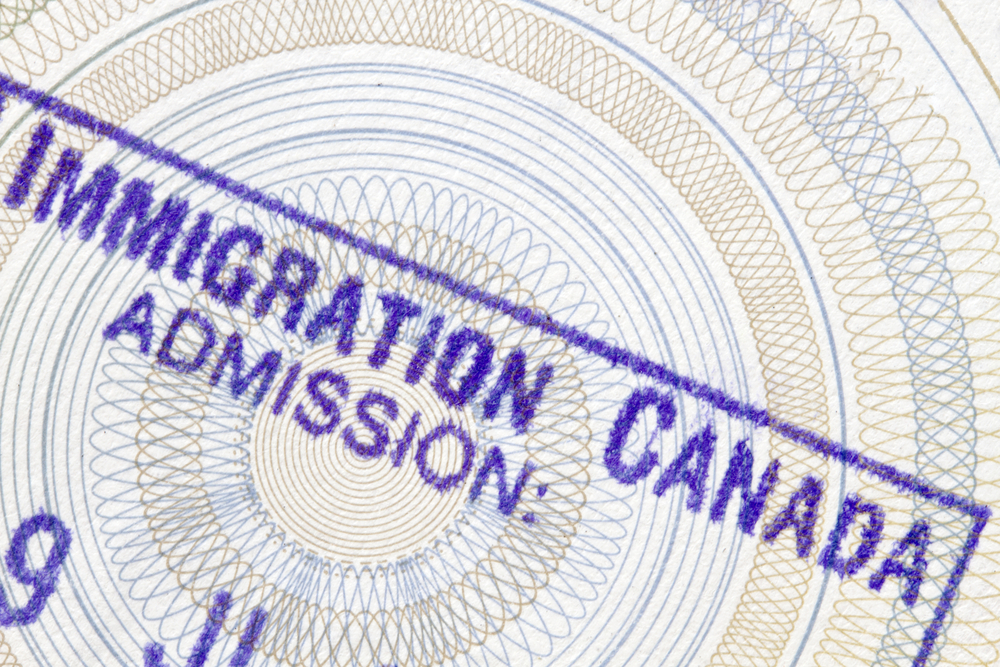Breaking
B.C. population growth propelled by international immigration in 2014
CPAs say B.C. remained an attractive place for new Canadians
VANCOUVER — B.C.’s population increased by 1.06 per cent, or 48,677 people to reach 4.63 million in 2014. According to BC Check-Up, an annual publication by the Chartered Professional Accountants of British Columbia (CPABC), most of this growth was propelled by international immigration.
The destination of choice for most of these immigrants was Southwest B.C., which is not surprising given that the region is the hub of economic activity for the province. In 2014, B.C.’s labour market saw its fifth consecutive year of job gains and most of this growth occurred in Southwest B.C., which saw 28,700 new positions created; this job creation was largely due to increased demand for exports and the expansion of manufacturing and accommodation and food services industries.
B.C., and in particular Vancouver, continues to attract new residents as the city has consistently been ranked as one of the most livable in the world. However, the rising cost of living has made British Columbians more vulnerable to financial risk. In 2014, consumer debt in B.C. reached $58,621 per capital, which was the highest in Canada. However, last year’s 0.5 per cent increase was the smallest in almost a decade, and the consumer insolvency rate also declined by 6.3 per cent to 3.0 reports per 1,000 adults. Lower unemployment rates, positive job creation, and historically low interest rates likely contributed to the slowing of B.C.’s consumer debt increase and decline of consumer insolvencies.
Looking at B.C.’s investment climate, in 2014, private sector non-residential building investment declined by 7.3 per cent to $3.9 billion, which was largely due to a slowdown in industrial building. However, the value of B.C.’s major projects reached $405.7 billion, which was a 2.4 per cent increase between December 2014 and March 2015. This was largely driven by interests in B.C.’s rich and diverse resources sector. These projects include private and public construction projects that are either proposed, under construction, or completed and are valued at $15 million or higher.
Quote
“While our province is a costly place to live, people from other countries still consider B.C. a good place to work and invest. Our province’s triple-A credit rating provides foreign investors with reassurance that B.C. is a safe place for investment, and as our economy grows, B.C. will continue to be a desirable destination for those who are looking to relocate and start a new life in a different country.”
– Richard Rees, FCPA, FCA, President and CEO of CPABC
Quick Facts on B.C.’s economy in 2014
– The value of B.C.’s exports increased by 6.3 per cent to reach almost $36 billion. – Increased residential construction in the US and a growing market for B.C. products in the Pacific Rim drove up the value of B.C. exports of forest products, energy, metallic minerals, and machinery and equipment.
– Real compensation per worker grew by 2.
1 per cent to $52,321, compared to the national average of $55,841.
– B.C.’s government net debt-to-GDP ratio increased slightly by 0.1 percentage points to 17.0 per cent, but remained significantly below Canada’s debt-to-GDP ratio of 31.2 per cent.
– Long-term unemployment fell by 0.1 percentage points to 0.7 per cent, compared to the national average of 0.9 per cent. However, this is still well above the pre-recession level.
About CPA British Columbia
The Chartered Professional Accountants of British Columbia (CPABC) was formed through the amalgamation of the Institute of Chartered Accountants of BC (ICABC), the Certified General Accountants Association of BC (CGA-BC), and the Certified Management Accountants Society of BC (CMABC). CPABC was officially established when the CPA Act came into effect on June 24, 2015. CPABC represents over 32,000 members and almost 6,500 legacy and CPA students and candidates.
Published with permission from Chartered Professional Accountants of British Columbia.






















